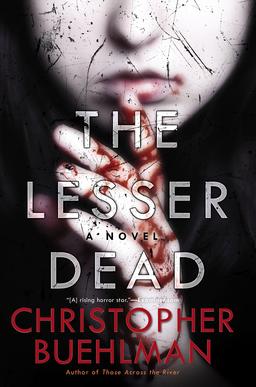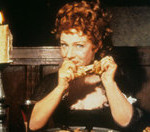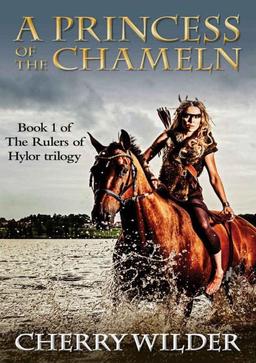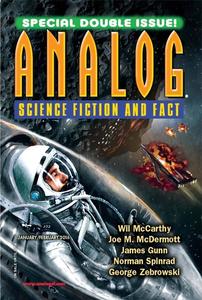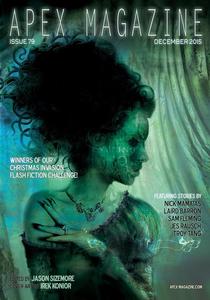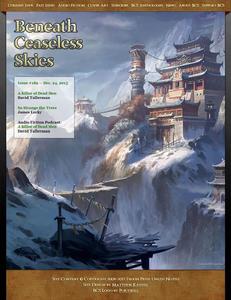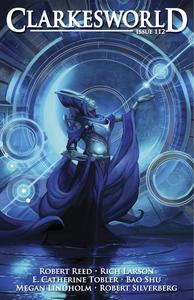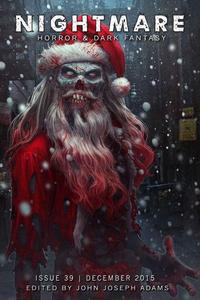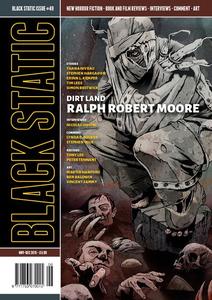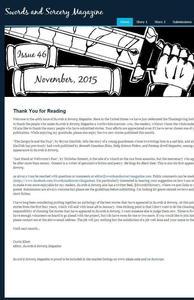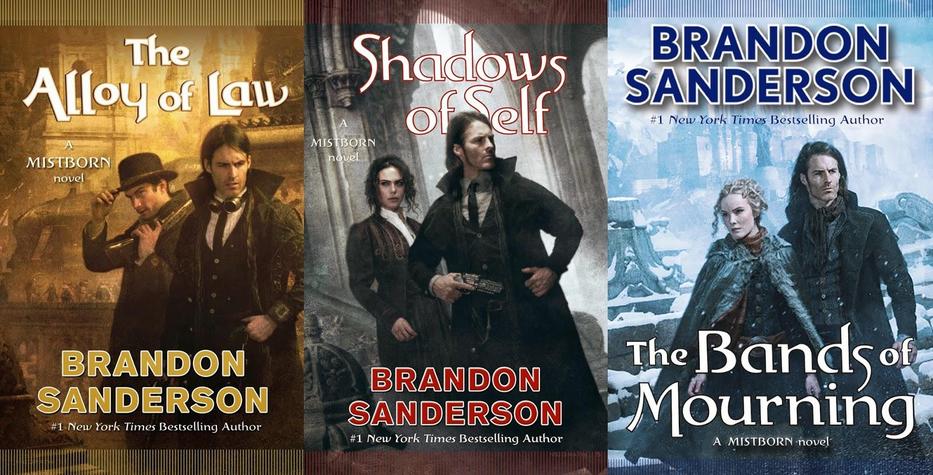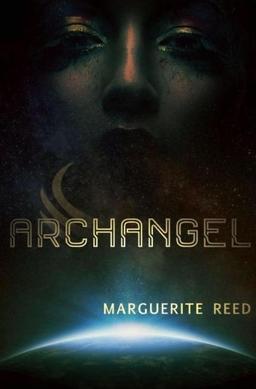On Writing Modern Noir Fantasy
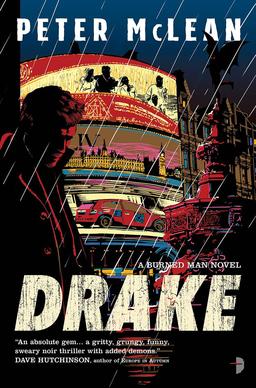 My first novel Drake has been described as a mix of Urban Fantasy and Noir, and I suppose it is, in a way. So what does that mean to me?
My first novel Drake has been described as a mix of Urban Fantasy and Noir, and I suppose it is, in a way. So what does that mean to me?
Well I think we all have an idea of what Urban Fantasy is – the king of the genre is obviously The Dresden Files, with the magical detective in a big modern city helping the cops solve the unsolvable, inexplicable paranormal crimes.
Drake’s not that.
Don Drake isn’t a detective, he’s a hitman. He doesn’t help the cops – hell, he doesn’t have anything to do with the cops if he can help it. Drake works for gangsters, and demons, and demon gangsters. He’s not Harry Dresden, not by a long way.
But he’s not Philip Marlowe or Mike Hammer either, for all that he’d like to be. The world Drake lives in is hard-boiled but he really isn’t. He’s a cynical, somewhat cowardly opportunist who does the best he can to make his way in a world he barely even understands.
A Noir world.
So what’s that? Noir needs to be dark, by definition, but I don’t think it has to be tied to any particular time period. The classic Hollywood Noir is set in LA or New York in the 1940s but it can work equally well in the backstreets of ancient Rome or the mean cantinas of Mos Eisley, or even in modern South London for that matter.
